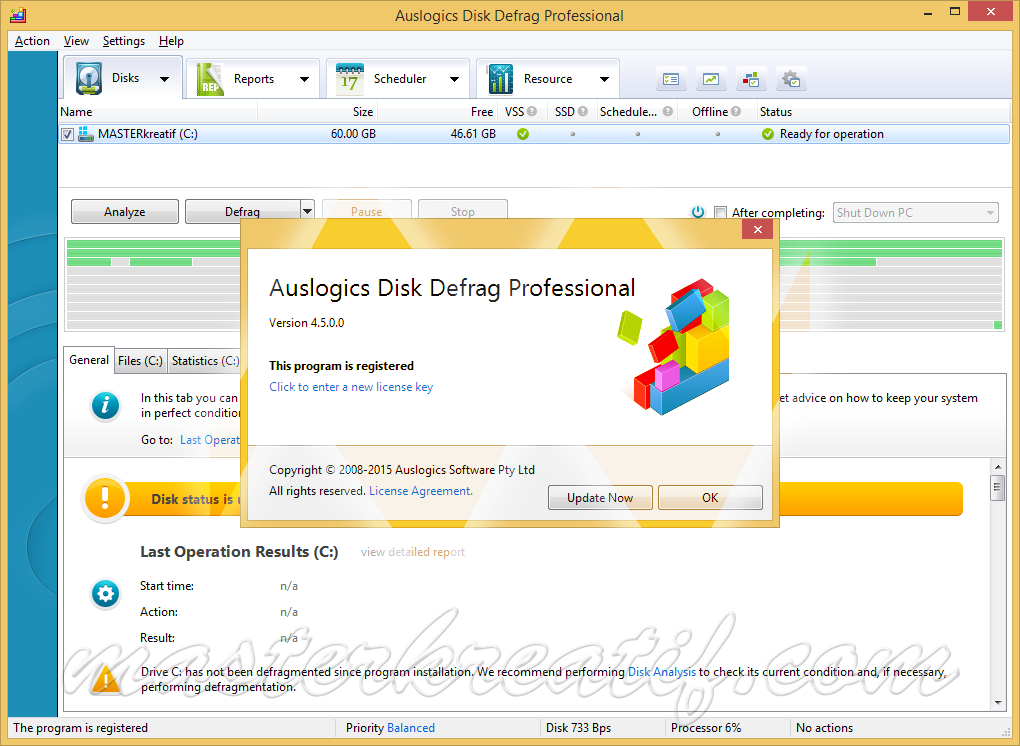

If you still want to defrag files larger than 64 MB too, you need to use certain other defrag parameters to be able to defragment files of all sizes.įor most, the best practices for using defragmentation in Windows 10/8/7 are simple – you do not need to do anything.

This means that games and large media files are effectively left as they are! Microsoft feels that to defrag to combine fragments that are 64MB or larger requires significant amounts of disk I/O, which is against the principle of minimizing I/O, and puts more pressure on the system to find large, contiguous blocks of free space. The Windows Defragmenter defragments files which are smaller than 64 MB only, for according to Microsoft’s benchmarks, fragments of this size, which already consist of at least 16000 contiguous clusters, have a negligible impact on performance. In Windows 11/10, SSD Defragmentation is enabled by default.

Windows will now disable disk defragmentation on SSD system drives as you do not need to defrag a Solid State Drive. It uses the Task Scheduler to automatically keep the hard disk defragmented, by running when the machine is idle and therefore does not affect the performance of the Windows. The inbuilt Disk Defragmenter in Windows now runs as a low-priority task in the background without affecting the performance of the computer. Disk defragmentation tools unite the data and try to possibly keep them in the same fragments so that the computer performs efficiently. Read more here about what is file fragmentation and how does it occur in Windows. Fragmentation can slow down your Windows PC because the computer will have to look into many fragments for loading up a single file. The computer’s hard disk is composed of small fragments in which the data is stored, over time as we change, delete or create files the data gets fragmented and is saved into different fragments though it appears to be the same file. The defrag engine and the manageability of fragmentation is much better than what existed in Windows XP. Microsoft has substantially improved the native Defragmenting Utility in Windows, with the release of Windows Vista, and further improved upon it in Windows 11/10/8/7.


 0 kommentar(er)
0 kommentar(er)
